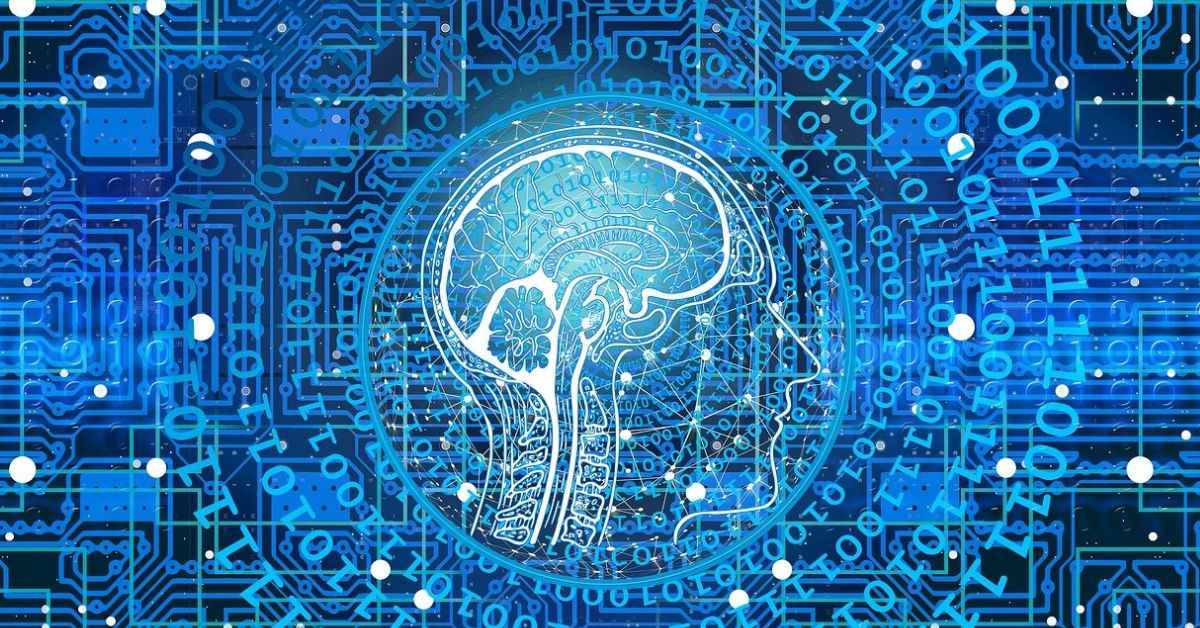The marriage of artificial intelligence (AI) and neurology has opened up a new frontier in medical treatment through the development of Brain-Computer Interfaces (BCIs). BCIs represent a cutting-edge technology that bridges the gap between the human brain and computer systems, offering a promising avenue for medical advancements in various neurological conditions. With the rapid progress in AI and neurology, BCIs are increasingly being explored as a means to enhance communication, restore lost functionalities, and improve the quality of life for individuals suffering from conditions such as paralysis, neurodegenerative diseases, and more.
Understanding Brain-Computer Interfaces
At its core, a Brain-Computer Interface is a communication pathway that allows for direct interaction between the brain and external devices, such as computers or prosthetic limbs. This interaction is made possible by interpreting the electrical signals generated by the brain’s neurons and translating them into commands that can be understood by the external devices. The integration of AI plays a pivotal role in processing these complex neural signals and making sense of the user’s intentions.
BCIs can be invasive or non-invasive in nature. Invasive BCIs involve implanting electrodes directly into the brain tissue, allowing for high-quality signal acquisition but requiring surgery and carrying certain risks. Non-invasive BCIs, on the other hand, use sensors placed on the scalp to detect brain activity, making them safer but often resulting in lower signal quality. Recent advancements in AI have led to improvements in signal processing techniques, enabling more accurate interpretation of neural data even from non-invasive sources.
AI’s Contribution to BCI Development : AI and Neurology
The success of BCIs heavily relies on AI algorithms that can decode and interpret the intricate patterns of brain activity. AI assists in deciphering the complex neural signals, translating them into meaningful commands, and adapting to changes in the user’s brain patterns over time. Machine learning techniques, particularly deep learning, have shown remarkable promise in this domain.
Deep learning algorithms, a subset of AI, have the ability to automatically learn and adapt from large amounts of data. This is particularly advantageous for BCIs, as each individual’s brain signals can vary significantly. Deep learning models can be trained to recognize specific patterns associated with different intentions or actions, allowing for more accurate and reliable control of external devices. Moreover, AI-driven BCIs can learn from user feedback, continually improving their performance and enhancing the user’s experience.
Restoring Mobility and Communication
One of the most transformative applications of AI-powered BCIs is in restoring mobility and communication for individuals with paralysis or severe motor impairments. By capturing the user’s intention to move a limb or perform an action, AI algorithms can translate these intentions into real-time commands that drive prosthetic limbs or exoskeletons. This technology holds the promise of granting independence to those who have lost the ability to move due to spinal cord injuries or neurological disorders.
Furthermore, BCIs have the potential to revolutionize communication for individuals with severe speech and motor disabilities. By tapping into the brain’s language centers, AI-enabled BCIs can allow users to spell out words or even generate speech through a computer interface, giving them a voice that was previously inaccessible. This technology has the potential to significantly enhance the quality of life for those who are unable to communicate through traditional means.

Battling Neurodegenerative Diseases : AI and Neurology
Neurodegenerative diseases such as amyotrophic lateral sclerosis (ALS) and Parkinson’s disease pose immense challenges to both patients and healthcare providers. BCIs powered by AI offer a glimmer of hope in managing these conditions. For instance, in ALS, where patients gradually lose control over their muscles, BCIs can provide a means of communication and control even as the disease progresses.
Additionally, AI-driven BCIs have the potential to assist in early diagnosis and monitoring of neurodegenerative diseases. By analyzing patterns in brain activity, these interfaces could detect subtle changes that might indicate the onset of a condition before clinical symptoms manifest. Early detection could lead to more effective interventions and treatments, potentially slowing down disease progression.
Ethical and Privacy Considerations
While the advancements in AI-powered BCIs hold immense promise, they also raise important ethical and privacy considerations. The direct interaction between the brain and external devices blurs the lines between the human mind and technology. Questions about the ownership of thoughts and the potential for unauthorized access to neural data have prompted discussions about the need for robust security measures and informed consent processes.
Furthermore, the data generated by BCIs is incredibly sensitive, as it provides insights into an individual’s neural activity and potentially their thoughts and emotions. Safeguarding this data is paramount, and regulations must be established to ensure its protection from misuse or unauthorized access.
The Road Ahead : AI and Neurology
The intersection of AI and neurology through Brain-Computer Interfaces presents an exciting frontier for medical treatment. With continued advancements in AI algorithms, signal processing techniques, and neurotechnology, BCIs hold the potential to redefine the way we approach neurological conditions. From restoring mobility and communication to aiding in the battle against neurodegenerative diseases, the applications of AI-driven BCIs are far-reaching.
However, challenges remain in terms of refining the technology’s accuracy, addressing ethical concerns, and ensuring widespread accessibility. Collaborative efforts among neuroscientists, engineers, ethicists, and regulatory bodies are essential to navigate these challenges and unlock the full potential of AI-powered BCIs for medical treatment.
As research progresses and innovation accelerates, the day may not be far off when Brain-Computer Interfaces become a standard tool in the medical toolkit, offering hope and improved quality of life to individuals grappling with neurological conditions. AI integration is reshaping technology, redefining the mind-machine boundaries, and enabling remarkable medical advancements.
Read This Now – AI Journalism: Navigating the Intersection of Automated News Generation and Editorial Integrity

